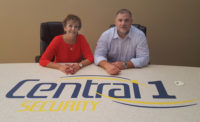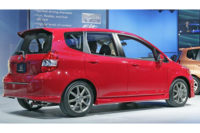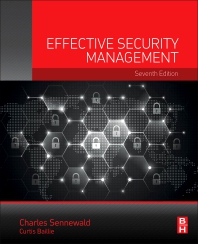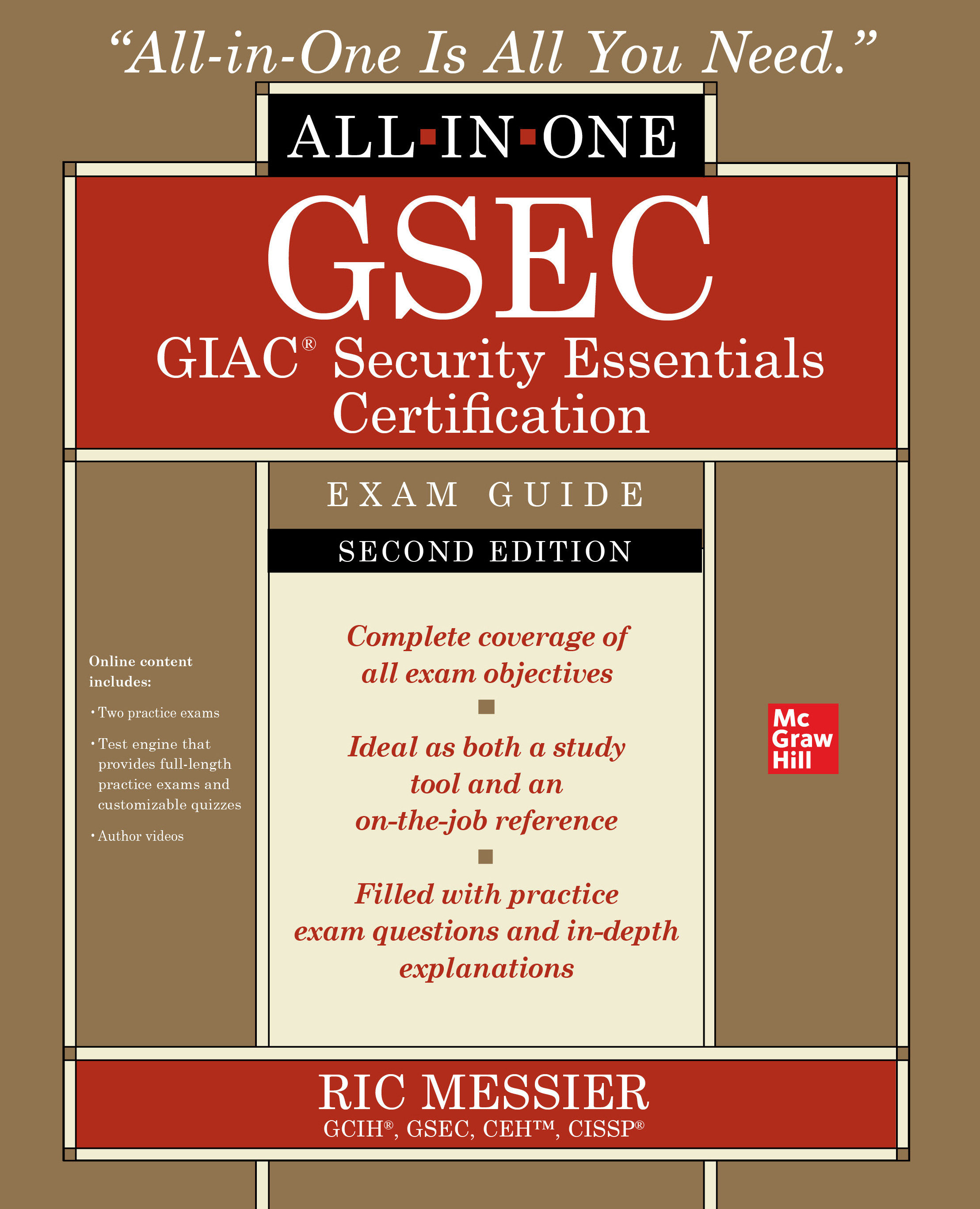
2 New Products & Services for Dealers and Clients
With many companies in the industry operating at narrower margins than in the past, controlling expenses is more important than ever for today’s security dealers and integrators. As they explore areas within their operations where they can find cost savings and enhanced efficiencies, a good place to look is in the company’s vehicle fleets.
A combination of cellular technology and global positioning has paved the way for dealer/integrators to monitor not only the location of their vehicles but also the speed at which they are traveling and even the capacity of each vehicle’s battery. With the u-TRAQ system from Atlanta-based manufacturer Numerex, a company’s management can pull up a map of the company’s serving area via a Web browser that graphically displays the location of each of the company’s vehicles. If a client needs service, management can easily determine which vehicle is best positioned to get to the client’s location quickly—a capability that can save time and money while also enhancing customer satisfaction.
The system also can be programmed to alert management if, for example, a vehicle is used in an unauthorized manner, such as on the weekend or when it travels beyond established boundaries or when a driver exceeds the speed limit by a certain number of miles per hour.
Many alarm dealers decide to use u-TRAQ on their own vehicles at the time they begin to offer u-TRAQ to their clients. “Often one of the first things a security company does is to install u-TRAQ on the company’s own vehicles,” explains Michael Gregory, vice president and general manager of security solutions for Numerex. In addition to enhancing fleet management, that move also gives dealers and integrators a live demo they can show prospective customers.
Security dealers and integrators pay the wholesale price of around $200 for a small cellular device with a built-in antenna, which can be easily connected to the on-board diagnostic port included on cars and light trucks sold in the United States since the late 1990s. There is also a monthly monitoring fee, which is paid to Numerex. Although Numerex has not compiled specific return on investment estimates, it’s easy to see how an investment like that can quickly pay off in operational efficiencies.
Another area where dealer/integrators may be able to reduce the cost of their vehicle fleets is by finding a lower cost way to insure them. Michael J. Kelly Insurance Agency of Santa Barbara, Calif., a company that has focused on the security industry for years, recently applied some new thinking to this issue and has devised an innovative new offering.
“Once a company gets over 25 vehicles, maintenance becomes an issue they need to pay more attention to,” comments Michael Kelly, chief executive officer of the company that bears his name. “We combined our efforts to work with companies that provide maintenance, repair, leasing and education so we can wrap our insurance products around all of those requirements.”
Insurance companies determine pricing based on the loss ratio—or the premium paid for insurance minus the losses that the insurer has to pay out for accidents or repairs. “The better your losses can be contained, the better premium discounts you get,” explains Kelly. “If you can look at loss prevention through proper maintenance with education, you can control your premium.”
Kelly’s agency has rounded up a range of maintenance and education suppliers that have agreed to work with the agency and with the dealer/integrators it insures to help make sure that each of the dealer/integrator’s vehicles receives proper maintenance and that drivers receive proper training. Although insurance primarily covers body work, mechanical factors can be significant contributors to collisions and to the cost of collision repair. Education also may have a bigger payoff than some people might expect—covering not just best practices when a driver is on the road, but also how to safely park a vehicle.
Kelly says dealers can save as much as 10 to 40 percent on the cost of their insurance based on the improved loss ratio they can sustain by following his company’s program. The program has been well-received by existing clients, the majority of whom are opting to participate in the new program.








